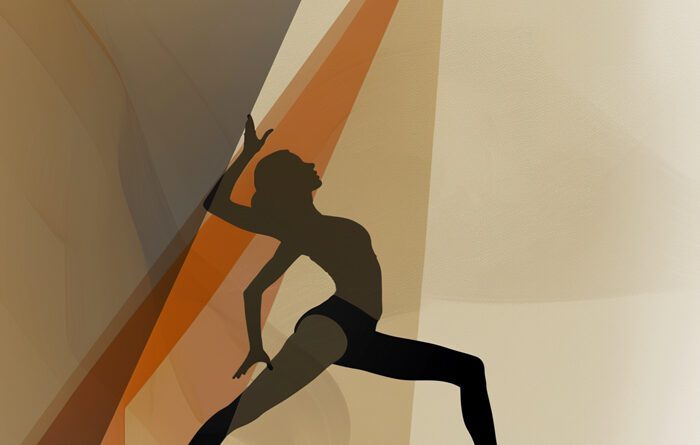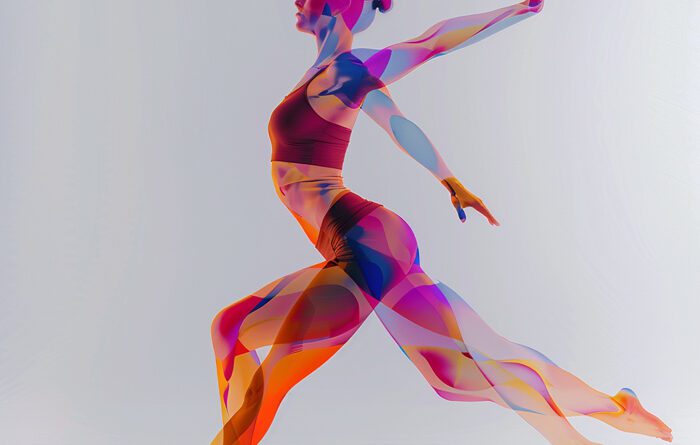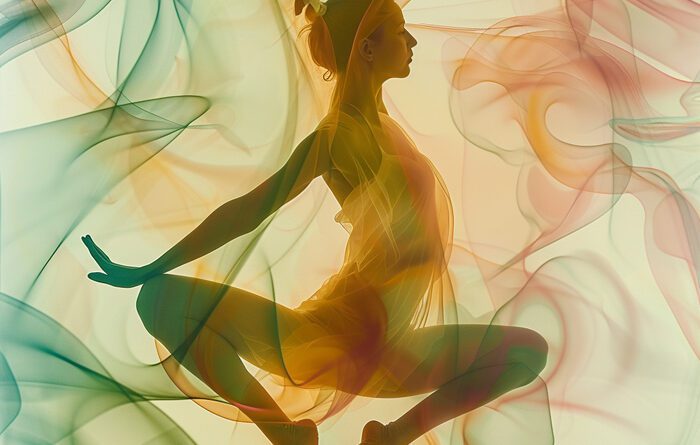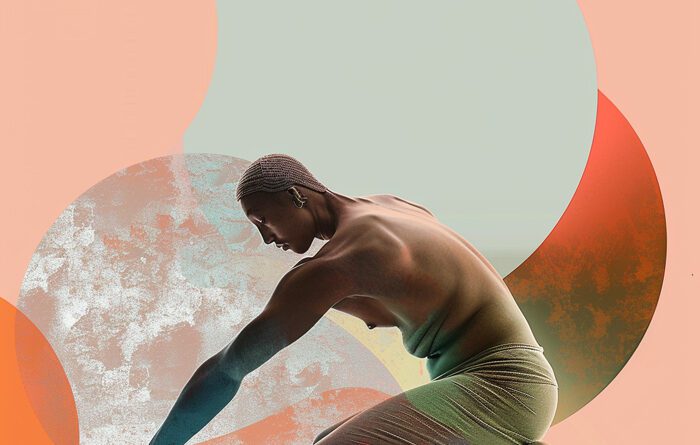Improve your flexibility and reap the benefits by incorporating the Pigeon Pose into your yoga practice. As a yoga instructor specializing in working with beginners, I understand the importance of finding unique poses that offer both physical and mental benefits. Pigeon Pose, also known as Kapotasana, is a powerful posture that targets the hips, glutes, and lower back, enhancing flexibility and releasing tension. This pose not only helps you achieve a deeper stretch, but also provides a sense of relaxation and calmness. So, whether you’re a seasoned yogi or just starting your journey, let’s explore the wonders of Pigeon Pose and its ability to unlock your body’s full potential.
Enhancing Flexibility with Pigeon Pose (Kapotasana)
If you’re looking to increase your flexibility and improve your overall physical and mental well-being, then Pigeon Pose, also known as Kapotasana in Sanskrit, is a must-try yoga pose. This pose offers numerous benefits for both the body and the mind, making it a perfect addition to your yoga practice. Whether you’re a beginner or an experienced yogi, Pigeon Pose can be easily incorporated into your routine to enhance your flexibility and promote relaxation. In this article, we will explore the definition and benefits of Pigeon Pose, as well as provide step-by-step instructions and tips to ensure proper alignment and maximize your practice.
Definition and Benefits of Pigeon Pose
Pigeon Pose, or Kapotasana, is a yoga posture that primarily targets the hips and lower back. It involves stretching and opening the hips, which can help increase flexibility, relieve tension in the lower back, and improve posture. In addition to its physical benefits, Pigeon Pose also has mental and emotional benefits. This pose can promote relaxation, reduce stress and anxiety, and open up energy channels in the body. By incorporating Pigeon Pose into your yoga practice, you can experience a range of benefits that enhance both your physical and mental well-being.
Physical Benefits of Pigeon Pose
Increases Hip Flexibility
One of the main physical benefits of Pigeon Pose is its ability to increase hip flexibility. The pose deeply stretches the muscles and connective tissues in the hips, allowing for greater range of motion and improved flexibility. Regular practice of Pigeon Pose can help loosen tight hips and improve mobility, making it easier to perform other yoga poses and activities that require hip flexibility.
Stretches Glutes and Piriformis
Pigeon Pose specifically targets the glutes and piriformis muscles, which are located in the buttocks. By stretching these muscles, Pigeon Pose can help alleviate tightness and tension in the glutes, reducing discomfort and improving overall hip function. This can be particularly beneficial for individuals who spend long hours sitting or have sedentary lifestyles, which can contribute to tight glutes and hip imbalances.
Relieves Tension in Lower Back
Another significant physical benefit of Pigeon Pose is its ability to relieve tension in the lower back. This pose stretches the muscles of the lower back and gently releases any built-up tension or tightness. By incorporating Pigeon Pose into your practice, you can help alleviate lower back pain and promote spinal alignment, leading to improved posture and reduced discomfort.
Improves Overall Posture
Poor posture is a common issue in today’s sedentary lifestyle. Pigeon Pose can help correct and improve posture by stretching the hip flexors, glutes, and lower back muscles, which are all integral to maintaining good posture. Regular practice of Pigeon Pose can strengthen the muscles of the back and core, helping you maintain an upright and aligned posture throughout your day-to-day activities.
Mental and Emotional Benefits of Pigeon Pose
Promotes Relaxation and Stress Relief
In addition to its physical benefits, Pigeon Pose also offers significant mental and emotional benefits. This pose has a calming and grounding effect on the mind, helping to promote relaxation and reduce stress. As you settle into the pose, focus on your breath, and allow yourself to let go of any tension or worries, you invite a sense of peace and tranquility into your practice.
Calms the Mind and Reduces Anxiety
Pigeon Pose can also be an effective tool for calming the mind and reducing anxiety. As you stretch the hips and release tension, you create space for mental clarity and emotional balance. The deep, mindful breathing practiced in Pigeon Pose can help activate the parasympathetic nervous system, which counteracts the body’s stress response and promotes a sense of calm and well-being.
Opens up Energy Channels
In yogic philosophy, Pigeon Pose is believed to stimulate the Svadhisthana chakra, which is associated with creativity, sensuality, and emotional well-being. By practicing Pigeon Pose, you can help open up and balance this energy center, allowing for a free flow of energy throughout your body. This can contribute to feelings of vitality, balance, and emotional harmony.
Preparation for Pigeon Pose
Before getting into Pigeon Pose, it’s essential to prepare your body properly. Proper preparation will ensure that you can safely and effectively perform the pose, preventing any strain or injury. Here are some recommended steps to prepare for Pigeon Pose:
Warming Up the Body
Start your practice with a gentle warm-up to gradually increase blood flow and warm up the muscles. This can include movements such as gentle twists, cat-cow stretches, and dynamic hip openers. Taking a few minutes to warm up the body will help prepare your muscles and joints for the deeper stretches of Pigeon Pose.
Stretching and Mobilizing the Hips
Since Pigeon Pose primarily targets the hips, it’s important to stretch and mobilize the hip joints before getting into the pose. Incorporate hip-opening stretches such as Bound Angle Pose (Baddha Konasana), Supine Figure Four Pose, or Lizard Pose (Utthan Pristhasana) into your warm-up routine. These stretches will help increase flexibility and prepare the hips for Pigeon Pose.
Step-by-Step Guide to Pigeon Pose
Now that you’re adequately prepared, let’s explore a step-by-step guide to performing Pigeon Pose. Follow these instructions to ensure proper alignment and maximize the benefits of this pose:
Starting from Downward Facing Dog
Begin in Downward Facing Dog, a foundational yoga pose that helps prepare the body for deeper stretches. From here, step your right foot forward between your hands, placing your right knee on the floor. Ensure that your right knee is aligned with your right ankle.
Entering the Pigeon Pose
From the low lunge position, start to slide your right knee back towards your left wrist, allowing your right leg to extend behind you. The outer edge of the right ankle should be resting on the mat. Gradually lower your upper body forward and rest your forearms on the mat, or if comfortable, come all the way down to the forearms and forehead. Hold this position for 3-5 deep breaths, feeling the stretch in the outer hip and glute of the right leg.
Modifications and Variations
If you find Pigeon Pose challenging or uncomfortable, there are several modifications and variations you can try:
- If you have tight hips or limited range of motion, place a block or bolster under your right hip to elevate it and reduce strain.
- If your right knee feels uncomfortable, place a folded blanket or cushion beneath it for support and cushioning.
- To deepen the stretch, you can try the King Pigeon variation, where you reach your arms back and hold onto your right foot, gently pulling it towards your head. This variation requires advanced flexibility and should only be attempted when you feel ready and comfortable.
Experiment with these modifications and variations to find the variation of Pigeon Pose that works best for your body.
Breathing Techniques in Pigeon Pose
Proper breathing techniques are an essential component of a successful yoga practice, including Pigeon Pose. Here are two breathing techniques you can practice while in Pigeon Pose:
Deep Belly Breathing
Inhale deeply through your nose, filling your belly with breath. As you exhale, gently and fully release the breath, allowing your belly to sink towards the mat. Take slow, steady breaths, focusing on expanding and contracting your belly with each breath. Deep belly breathing can help calm the nervous system, promote relaxation, and deepen your connection to the present moment.
Ujjayi Breath
Ujjayi breath, also known as “victorious breath,” is a powerful and calming breathing technique commonly used in yoga. To practice Ujjayi breath, breathe in deeply through your nose, engaging the muscles at the back of your throat to create a soft, subtle sound similar to ocean waves. Exhale through your nose, maintaining the same gentle constriction at the back of your throat. Practice Ujjayi breath throughout your Pigeon Pose sequence to enhance mindfulness, focus, and relaxation.
Postural Alignment Tips for Pigeon Pose
Proper alignment is crucial in Pigeon Pose to ensure maximum benefits and minimize the risk of injury. Pay attention to the following postural alignment tips:
Alignment of the Front Knee and Ankle
When in Pigeon Pose, it’s important to align the front knee with the front ankle. This alignment helps protect the knee joint and ensures a safe and effective stretch. Ensure that your right knee is directly above your right ankle, forming a 90-degree angle. Avoid letting your right knee collapse inward or extend too far beyond the ankle, as this can strain the knee joint.
Placement of the Back Leg
The position of the back leg in Pigeon Pose also plays a crucial role in maintaining proper alignment. The back leg should be extended straight behind you, with the top of the foot resting on the mat. Ensure that the back leg is parallel to the front edge of the mat, avoiding any excessive inward or outward rotation. Proper placement of the back leg will help stabilize the hips and facilitate a deeper stretch in the front hip and glute area.
Common Mistakes and How to Avoid Them
To get the most out of your Pigeon Pose practice and prevent unnecessary strain or injury, be mindful of the following common mistakes and how to avoid them:
Overstraining the Front Knee
One common mistake in Pigeon Pose is overstraining the front knee. To avoid this, ensure that your knee is directly above your ankle, forming a 90-degree angle. Avoid exerting excessive pressure on the knee joint by maintaining proper alignment and adjusting the depth of the pose according to your comfort level. If you experience discomfort or pain in the knee, ease off and modify the pose accordingly.
Sinking into the Lower Back
Another common mistake is sinking into the lower back, which can lead to strain and discomfort. To prevent this, engage your core muscles and lengthen through your spine as you lower into the pose. Visualize lifting your heart and lengthening your tailbone towards the back heel. By maintaining proper alignment and engaging the core, you can support the lower back and avoid unnecessary pressure or strain.
Using Props to Enhance Pigeon Pose
Props can be valuable tools in enhancing your Pigeon Pose practice. Here are two props that can help deepen your stretch and provide support:
Block or Bolster under the Hip
If you have limited flexibility or tight hips, placing a yoga block or bolster under your right hip can help elevate it and reduce strain. This prop provides support and allows you to relax into the pose while maintaining proper alignment. Experiment with different heights and positions to find the height that supports your unique body.
Blankets for Support or Knee Cushioning
If you experience discomfort in the knee or prefer additional support, you can use folded blankets to cushion and support the knee. Place a folded blanket under the right knee to reduce pressure and create a more comfortable experience. This can be especially beneficial if you have sensitive knees or knee injuries.
Integrating Pigeon Pose into a Yoga Sequence
Pigeon Pose can be seamlessly integrated into a yoga sequence, especially in sequences focused on hip opening and flexibility. Here are some ways to incorporate Pigeon Pose into your practice:
Pairing with Complementary Poses
Pigeon Pose pairs well with other hip-opening poses such as Happy Baby Pose (Ananda Balasana), Bound Angle Pose (Baddha Konasana), and Thread the Needle Pose (Sucirandhrasana). Create a sequence that flows from one hip-opening pose to the next, gradually increasing the depth of the stretch. This sequence will help warm up the hips, prepare the body for Pigeon Pose, and maximize the benefits of hip mobility.
Incorporating in a Hip-Opening Sequence
Create a dedicated hip-opening sequence by combining various poses that target the hips. Start with gentle warm-up poses, such as Supine Figure Four Pose or Supine Bound Angle Pose, and gradually progress to more intense hip openers like Lizard Pose or Half Frog Pose (Ardha Bhekasana). Conclude the sequence with Pigeon Pose to deepen the stretch and relax into the pose, allowing the benefits of the sequence to integrate fully into your body and mind.
In conclusion, Pigeon Pose is a powerful yoga posture that offers numerous physical, mental, and emotional benefits. By incorporating Pigeon Pose into your regular yoga practice, you can increase hip flexibility, relieve tension in the lower back, improve posture, promote relaxation, reduce stress and anxiety, and open up energy channels. Remember to prepare your body properly, practice proper alignment, and utilize props if needed to enhance your experience. Whether you’re a beginner or an experienced yogi, Pigeon Pose can be a valuable addition to your practice, bringing a sense of balance, ease, and enhanced flexibility to your body and mind.







